Archive for August, 2022

Seven-Year Steam Launch Anniversary
Aug 24th
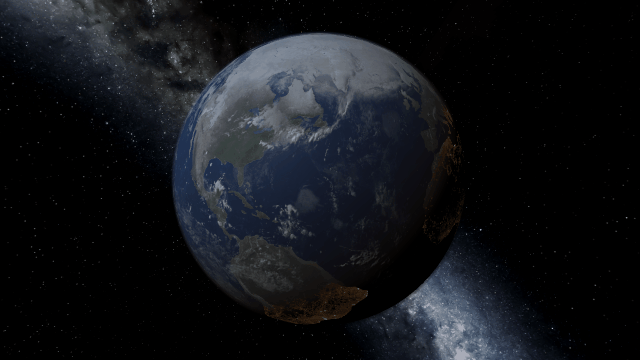
Today, August 24, 2022, marks the seventh anniversary of Universe Sandbox’s Early Access launch on Steam!
To celebrate, Universe Sandbox is on sale for another 120 hours (that’s until August 29, 2022). Pick up a copy for yourself or a friend today.
Over the last seven years, we’ve added tons of new features to make Universe Sandbox better than ever, and we’re still going strong. Our current development plans include
- Adding more materials to simulate planetary features lakes of liquid methane on Saturn’s moon Titan
- New rigid body physics for more realistic interactions between objects like bowling pins and satellites
- More realistic planetary collisions
Learn about what we’re working on in our 2022 Roadmap.
All of this would not be possible without the support of our community. You all use Universe Sandbox in ways we could never have imagined, and we are so grateful for all of you. Here’s to another amazing seven years.
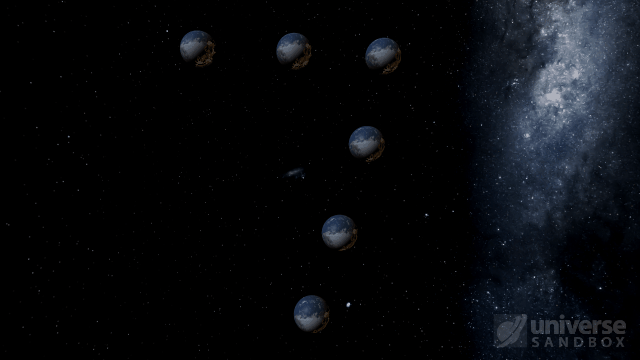

Upgrading Our Engine | Update 31.2
Aug 18th
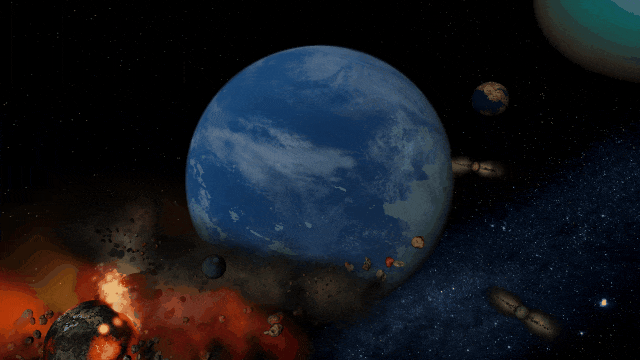
If Update 31.2 does not download automatically, follow these update instructions, or buy Universe Sandbox via our website.
Update 31.2
Unity Engine Upgrade
We’ve updated Unity, the game engine we use to create Universe Sandbox. While you won’t see immediate changes, this will allow us to utilize new features for future improvements to our physics simulation.
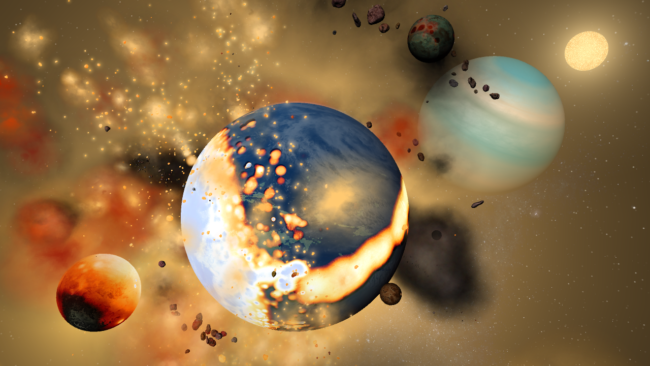
Instant Water Flow
Use the Settle Water button to immediately stabilize the water level of a planet.
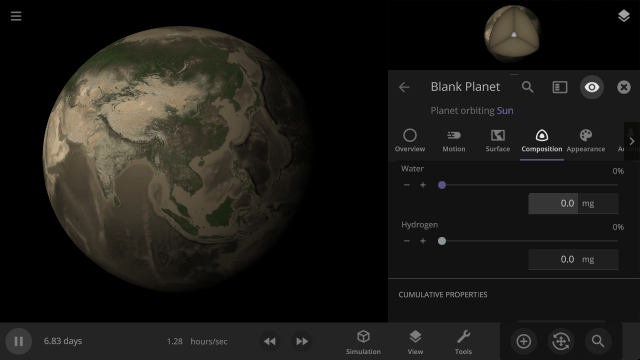
More Highlights
Control the lowest temperature of space with the Background Temperature. By default, this is 2.73 Kelvin to approximate the Cosmic Microwave Background. Adjust it under
Simulation > Advanced Simulation Settings > Temperature > Background Temperature
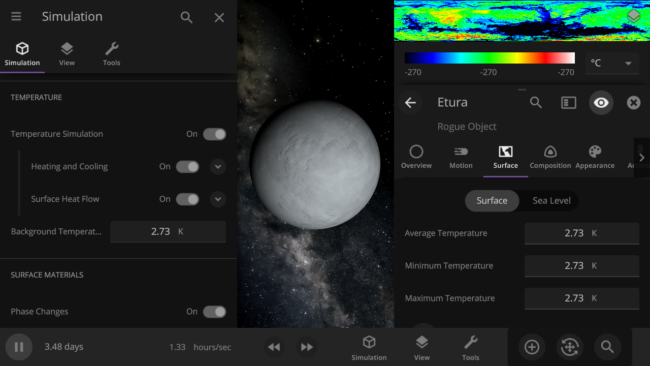
Random object icons in the Add tool have been updated
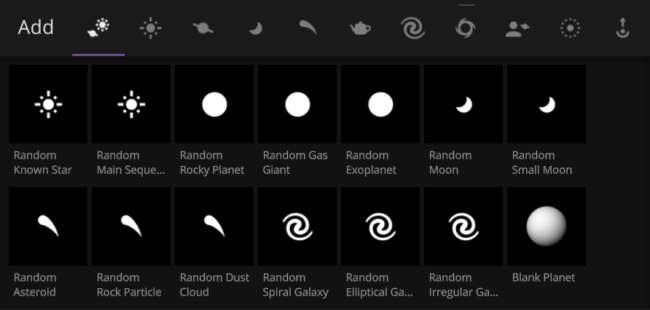

Learn about habitable zones and how Universe Sandbox models them in our guide
Guides > Science > Habitable Zones
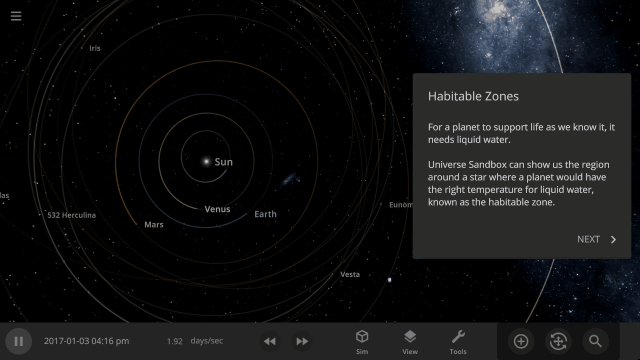
Stellar collisions now partially merge and transfer mass before going supernova
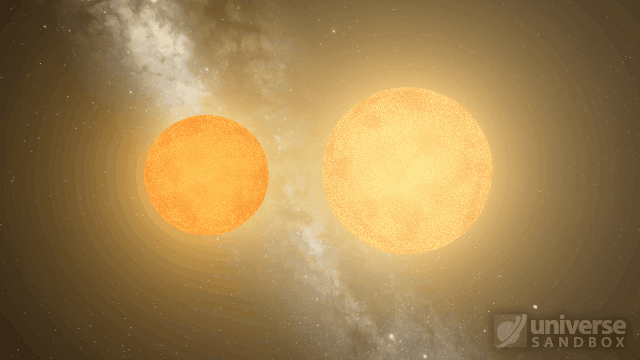
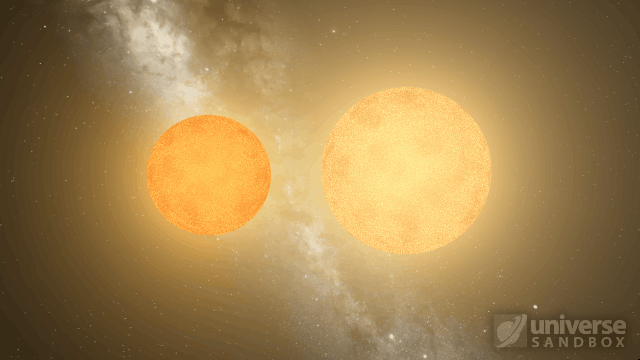
Collision shockwaves are now realistically circular
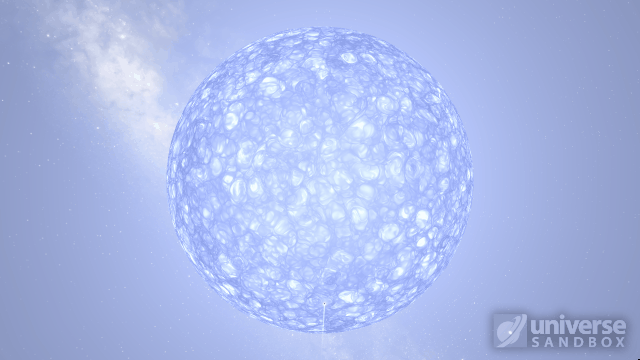
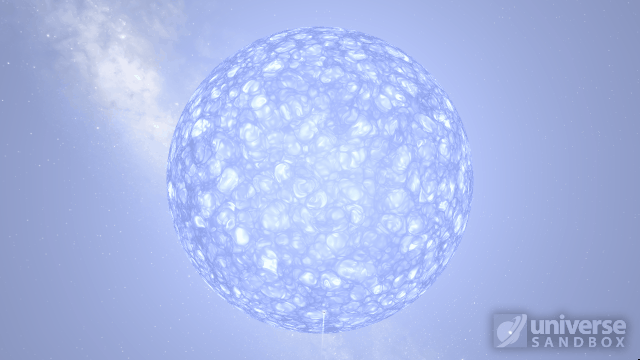
Particles now collide more consistently, and gas cloud momentum is now transferred to and from impacting objects


This update includes 3+ additions and 27+ fixes and improvements.
Check out the full list of What’s New in Update 31.2
Please report any issues on our Steam forum, on Discord, or in-game via Home > Send Feedback.
